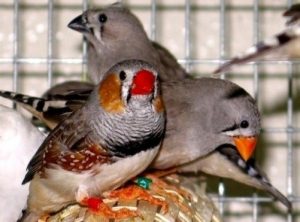Towards genetic manipulations to study song learning in birds
Sarah E. London
Department of Psychology, The University of Chicago, USA
The 5000 extant songbird species each have unique specializations, but all learn to sing. Songbirds are therefore powerful for comparative studies, but individual species are also rich models in which to probe mechanisms of complex behaviors. This is especially true when natural behaviors are preserved in captive populations such that laboratory strategies can be employed. For example, the process by which Australian male zebra finches (Taeniopygia guttata) learn to sing – females cannot sing – is recapitulated in the lab. The foundation of each male’s song is the memory he forms of a ‘tutor’ male’s song during a developmental Critical Period, a restricted phase when experience has profound and permanent influence on brain and behavior. Our goal is to understand how the genome regulates the organization and function of the brain across development, in males compared to females, and how it is differentially responsive to experience across the Critical Period. To identify potential targets for causal tests via genetic manipulation we have used molecular methods, in vivo pharmacological manipulations, RNAseq and ChIPseq in combination with experiential manipulations. To overcome a technical barrier (songbirds are not readily infected by the viral vectors that mediate gene editing in most laboratory animals), we adapted electroporation to deliver constructs targeting our brain area of interest. Currently, we are deploying CRISPR/Cas9 to the songbird brain, expanding on work in cells. These data will advance mechanistic understanding of zebra finch song learning but also provide points of entry for comparative work to elucidate generalizable principles of song learning.










You must be logged in to post a comment.